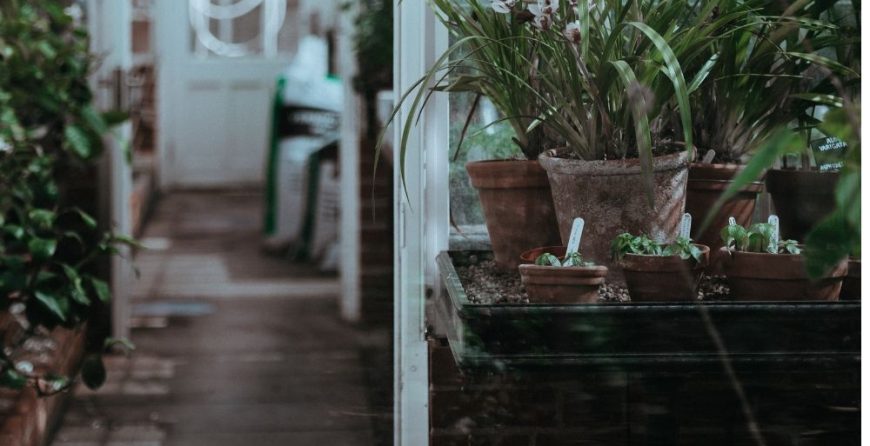Purchasing a new seed out of curiosity can cause you future problems. Just because it looks interesting is not enough basis. You see, plant labels or tags were there for a reason.
These labels contain important information about a specific plant. Looking through it can help you narrow down your choices and purchase. It can actually save you money in the end.
Listed below are some of the few things you need to look for on a plant label before setting a purchase.
-
Botanical name
This indicates the name of the plant you’re about to buy. For annual plants, the botanical name may not be that important. While for perennials, taking note of it will help you in case a problem arises. It’ll be easier for you to ask for advice if you know the botanical name of your plant.
-
Hardiness zone
The hardiness zone helps you determine the chances of growth and survival rate of a plant in certain areas. This comes differently for each plant.
For perennial plants, if the hardiness rate is zone 5 or lower, it means that the plant can survive winter.
For annuals, the winter hardiness does not matter for plants that bloom for one summer season and then dies.
-
Sun or shade tolerance
Plants need the sun to continuously live and make their food. But some of them can only tolerate a specific amount of it. Some need to be under some shade or they won’t last long under direct hit of sunlight. Being aware of the plants’ sun or shade tolerance can help you take care of it properly.
-
Spacing
This indicates the recommended distance of the specific plant from another plant. It generally depends on how wide the plant will be when they reach maturity.
-
Price
This one, of course, is one valuable aspect before any purchase. The most expensive is not always the best. The same with the cheapest won’t also mean the better choice. If you are aware of the plants’ characteristics, the more chances you can pick better. So try pausing for a while at home and do your research. Don’t just impulsively run off to the nursery and pick whatever you liked at first glance. Doing this so can help you spend your money wisely and choose your plant perfectly.
Hopefully, this can help you if you’re just starting out with your garden. Or if you already have one but got a hard time deciding what plant to add in it, this can help you too. You can now flourish in your garden easily!


